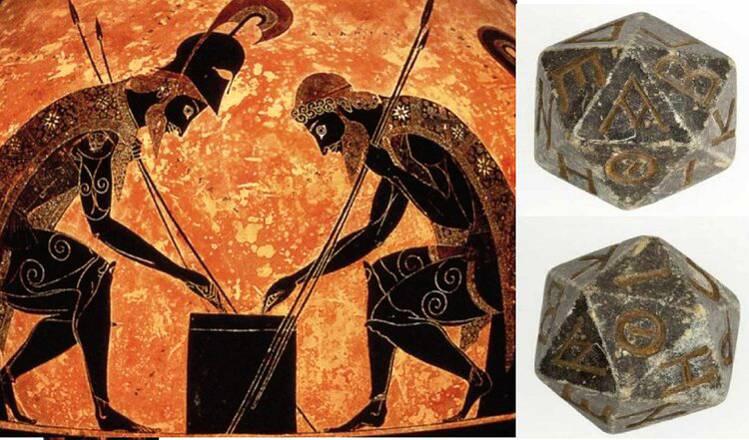The ancient Romans were known for their many inventions and advances in technology, science, language, art, and architecture. But there was one pastime for which they were famous gambling! In the days of old Rome, gambling was popular among all classes, as people flocked to bet on various games such as craps or chariot races.
Despite popular belief, these actions were not condemned by society and were not even prosecuted by law; instead, friends and relatives swore by the gods when they bet and wagered vast sums of money, and sometimes fortunes!

An overview of the Roman culture of gambling and betting
Gambling and betting were a popular pastime in ancient Rome. Even though gambling was illegal, it was embraced by all walks of life as it offered an exciting opportunity to change the daily routine. Although some types of gambling were condemned and even outlawed, such as dice games, Roman citizens enjoyed a wide variety of forms of gambling and betting. Some of these included chariot races, board games, and sporting events such as gladiator fights.
Betting on chariot races was especially popular in ancient Rome. Despite being a dangerous sport, chariot racing attracted many spectators who bet on their favorite teams. Hippodromes were often filled with bright colors, music and excitement.
Table games were also a popular form of gambling in ancient Rome. Popular board games such as ludus latrunculorum (“The Game of Soldiers”), tesserae (a game similar to modern backgammon), and tabula (similar to modern checkers) often involved large sums of money and could last several days.
Sports events such as gladiator fights were also great betting opportunities. Roman citizens often wagered large sums of money on their favorite gladiators, hoping they would prevail in combat.
Stakes were an integral part of Roman culture and society. Even though it was illegal, Roman citizens used gambling as a way to pass the time and earn extra money. From chariot races and board games to gladiator fights, gambling provided an exciting break from everyday life.
The most common gambling game in ancient Rome was called tabula. This is a game similar to modern backgammon, where two players will drive their pieces around the board in an attempt to gain the upper hand. Other popular dice games included astragalus and thali, which were similar to modern dice.
Greek influence on Roman gambling
The Romans were heavily influenced by Greek gambling, including the game of dice (or dice), which was an integral part of their lifestyle and entertainment. The game of dice became widespread in Roman society as early as 300 BC, and archaeologists have found evidence that the game was played in both military and civilian settings.
In addition, the Romans adopted many other Greek games of chance, such as astragalus (joint bones), thali (dice for bones) and pila (joint bones). These games were usually played with stakes and large sums of money could be involved, making them a prime target for scams. To combat this, the Romans created a series of laws and regulations to ensure fair play and to punish those who broke the rules.
The Greeks also introduced many new betting strategies that were adopted by the Romans, including odds betting (betting on multiple selections) and “hedging” (betting on multiple selections to reduce the risk of losing). These strategies allowed players to increase their chances of winning and made gambling even more popular.

The lasting impact of Roman gambling on modern culture
The influence of Roman gambling can be seen in contemporary society today. Gambling is still an important part of our culture and many people love to play various games of chance to have fun or make money. The influence of Roman gambling can also be found in the many different sports betting popular today, such as horse racing and football betting. In addition, the game of dice still bears the same name as the Romans, which comes from an old Latin phrase meaning “to throw the dice”.